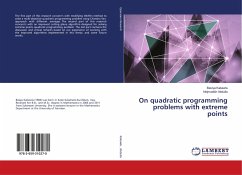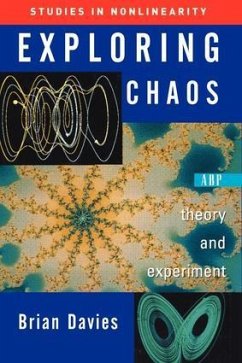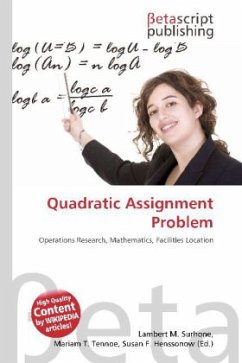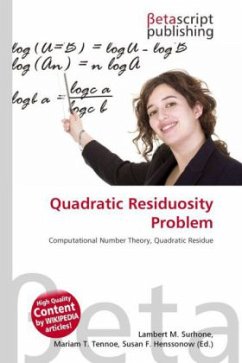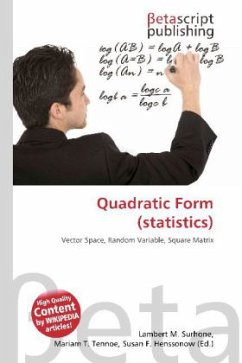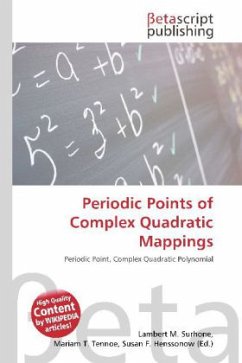
Periodic Points of Complex Quadratic Mappings
Versandkostenfrei!
Versandfertig in 6-10 Tagen
23,99 €
inkl. MwSt.

PAYBACK Punkte
12 °P sammeln!
Please note that the content of this book primarily consists of articles available from Wikipedia or other free sources online. In mathematical models and computer simulations, periodic boundary conditions (PBC) are a set of boundary conditions that are often used to simulate a large system by modelling a small part that is far from its edge. Periodic boundary conditions resemble the topologies of some video games; a unit cell or simulation box of a geometry suitable for perfect three-dimensional tiling is defined, and when an object passes through one face of the unit cell, it reappears on th...
Please note that the content of this book primarily consists of articles available from Wikipedia or other free sources online. In mathematical models and computer simulations, periodic boundary conditions (PBC) are a set of boundary conditions that are often used to simulate a large system by modelling a small part that is far from its edge. Periodic boundary conditions resemble the topologies of some video games; a unit cell or simulation box of a geometry suitable for perfect three-dimensional tiling is defined, and when an object passes through one face of the unit cell, it reappears on the opposite face with the same velocity. The simulation is of an infinite perfect tiling of the system. In topological terms, the space can be thought of as being mapped onto a four-dimensional torus. The tiled copies of the unit cell are called images, of which there are infinitely many. During the simulation, only the properties of the unit cell need be recorded and propagated. The minimum-image convention is a common form of PBC particle bookkeeping in which each individual particle in the simulation interacts with the closest image of the remaining particles in the system.



